Grape Expectations at North Carolina Wineries and Vineyards
When you think of wine, North Carolina might not spring to mind. But did you know the Old North State was historically the largest wine-producer in the U.S. before Prohibition?
As they say, history repeats itself. These days, the business of wine – and the growing of the grape – is enjoying such a local boom experts say it’s hard to keep count of how many wineries exist in the state.
Whit Winslow, marketing specialist for North Carolina’s Department of Agriculture & Consumer Services, puts the number of wineries in the state at approximately 150. “Post-Prohibition, North Carolina has slowly been regaining its foothold in the U.S. wine market,” he says. “Today, our wineries are constantly taking gold medals and double-gold medals at many of America’s most noted international wine competitions.”
Why is the state experiencing such a windfall of wineries? Winslow says it’s because North Carolina wineries have consistently proven they are capable of producing fantastic wines. “Not only are consumers noticing this, but prospective winery owners are taking note and choosing to make their mark in a region that people are falling in love with worldwide,” he says.
Mooresville sommelier Trevor Burton agrees North Carolina wines are making quite a ripple. He recalls attending a luncheon in Paris that vividly proved North Carolina wines are of world-class quality. “A few years ago, I accompanied Michael and Amy Helton, owners of Hanover Park Vineyard [in Yadkinville], to a food-pairing luncheon,” Burton says. “Not just any luncheon – I had worked to create it with one of Paris’ most famous chefs, Christian Constant. Christian didn’t simply choose dishes from his menu to pair with the Heltons’ wines; he created a special meal around them. The result? Those who shared the experience thought the wines were definitely world-class, although not French.”
Terrific Terroir
Winslow attributes North Carolina’s success with wine to its unique topography, from the mountains in the west, to the Piedmont, and onward east into the coastal plains. The varying regions offer a gold mine of growing conditions for grapes – from European varieties to native grapes, such as the scuppernong and muscadine.
“The varying climate, geology and geography across North Carolina cannot be touted enough with regard to the state’s success in producing excellent wines,” Winslow says. “This is the terroir you so often hear people talk about in regard to wines.”
The eastern and southern parts of the state feature hot and humid growing seasons, and flat, sandy land, which allows native grapes to thrive. The northern and western parts of North Carolina have cooler temperatures and hilly, rocky soils, which offer the perfect growing and drainage conditions for European varieties such as vinifera and hybrid grapes to prosper.
“It’s rare for one region to be so well known for growing European variety grapes and native grapes,” he says. “North Carolina is able to offer wine drinkers vinifera-style wines such as cabernet franc and merlot, as well as rotundifolia (muscadine) styles such as carlos and the well-known scuppernong. We all have our preferences of taste and can sometimes overlook the other amazing varieties.”
Wine All You Want
In the mood to discover all that North Carolina has to offer wine lovers? See a few of the state’s many beautiful vineyards and wineries that are ripe for exploring. Then find a map of all wineries in the state here.
– Karsen Price


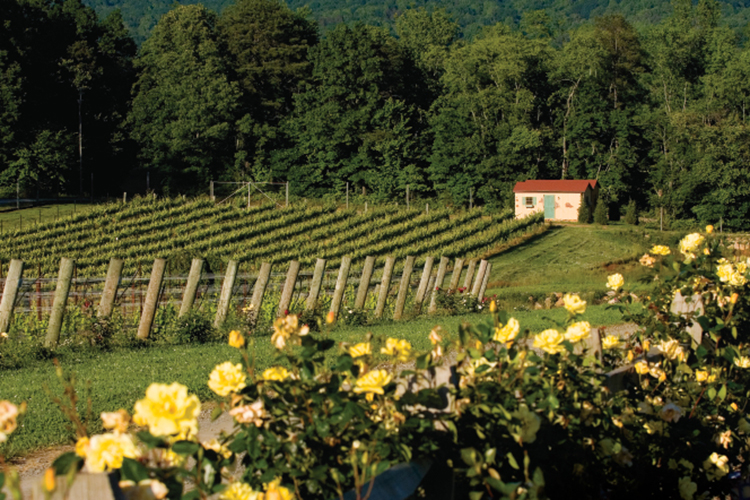

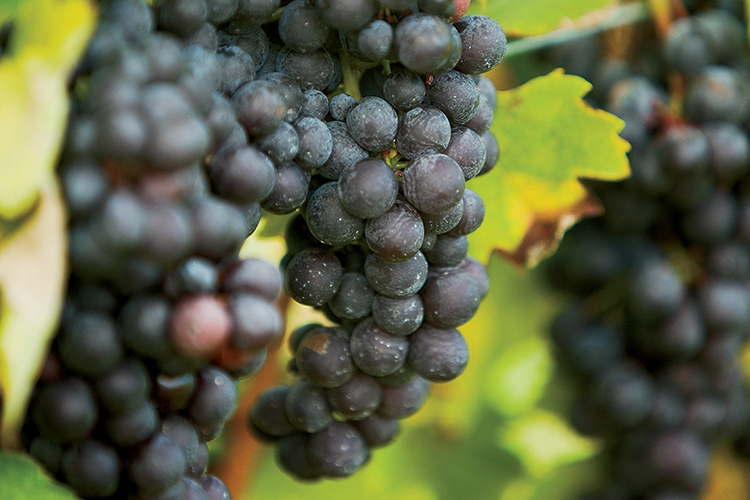
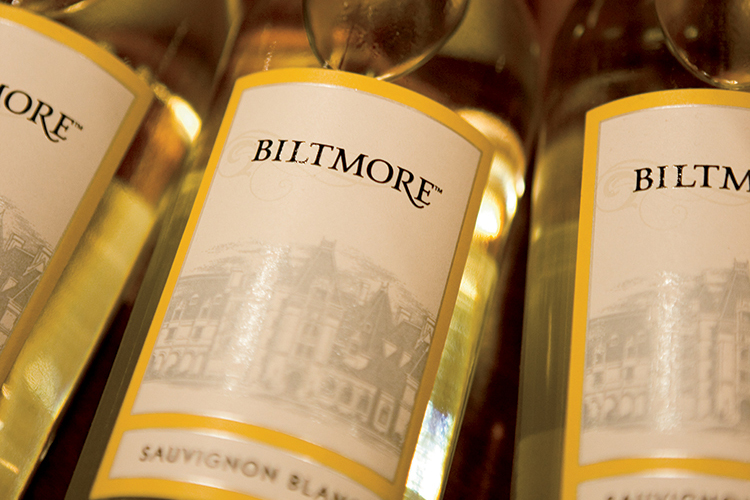
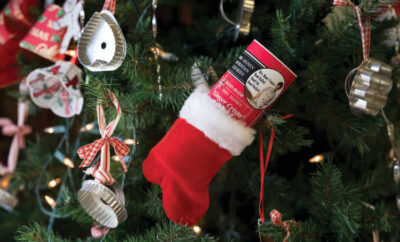
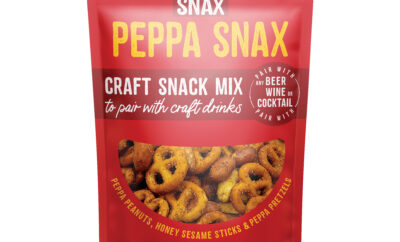
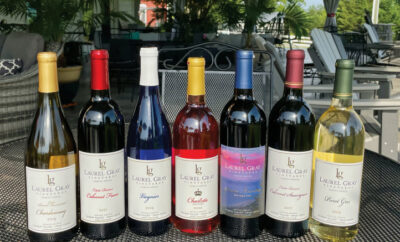


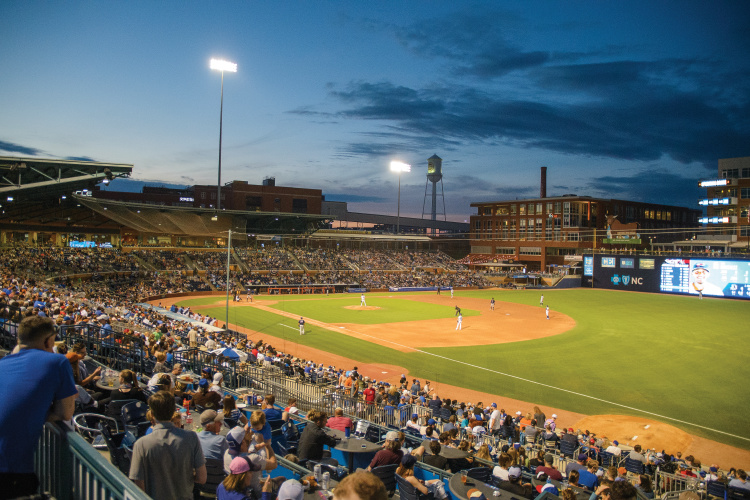
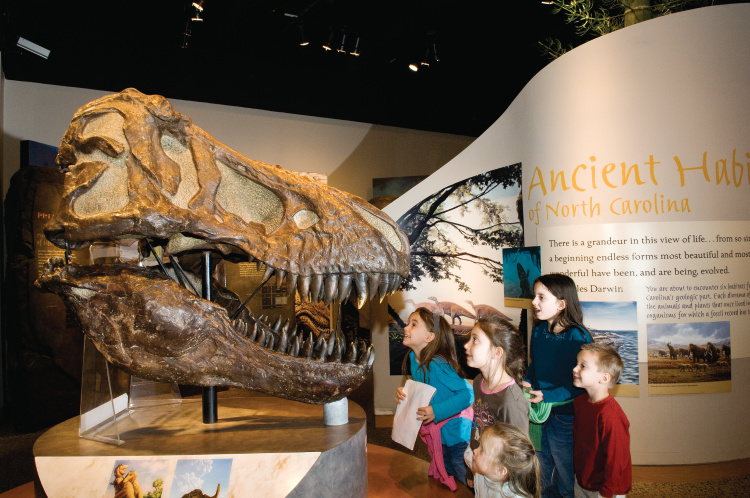


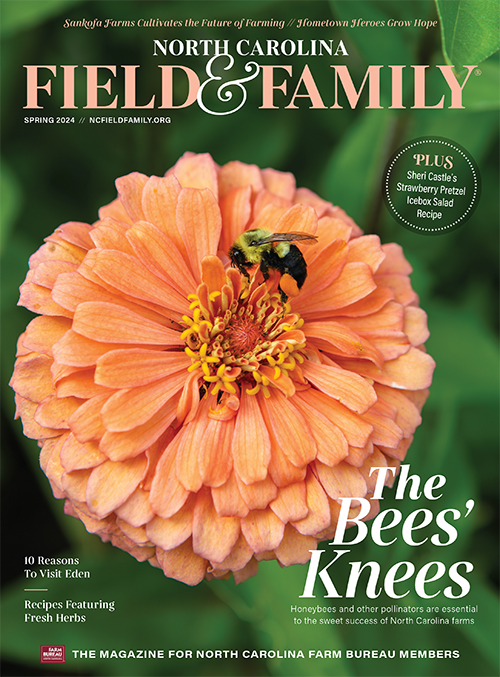 North Carolina Field and Family magazine highlights farms and foods, events and attractions, and interesting people and places throughout the state.
North Carolina Field and Family magazine highlights farms and foods, events and attractions, and interesting people and places throughout the state.
Pingback: psychologist san diego